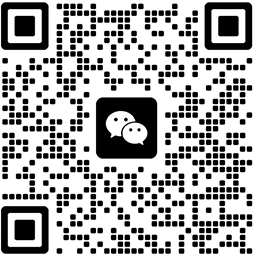前言
在全球化和多时区的互联网时代,处理时间和时差是至关重要的。PHP DateTime 扩展提供了强大的工具,帮助开发者掌控时间时差,构建出色的国际化应用。本文将深入探究 DateTime 扩展,展示其时差处理能力,并提供示例代码。
设置时区
DateTime 对象默认使用服务器的时区。要设置其他时区,可以使用 setTimezone() 方法。
<?php
$date = new DateTime();
$date->setTimezone(new DateTimeZone("Asia/Shanghai"));
?>
获取时差
getOffset() 方法可获取时区的偏移量(以秒为单位)。
<?php
$offset = $date->getOffset();
?>
时差转换
add() 和 sub() 方法可以根据时差转换时间。
<?php
// 将时间推进 2 小时
$date->add(new DateInterval("PT2H"));
// 将时间后退 1 天
$date->sub(new DateInterval("P1D"));
?>
使用 DateTimeImmutable
DateTimeImmutable 类提供了一个不可变的时间对象,防止意外修改。
<?php
$immutableDate = new DateTimeImmutable("now", new DateTimeZone("UTC"));
?>
格式化输出
fORMat() 方法可根据指定的格式输出日期时间。
<?php
// 输出格式化的日期和时间
$formattedDate = $date->format("Y-m-d H:i:s");
?>
与其他时区的比较
diff() 方法可比较两个 DateTime 对象,返回时差的 DateInterval 对象。
<?php
$date1 = new DateTime("now", new DateTimeZone("America/New_York"));
$date2 = new DateTime("now", new DateTimeZone("Asia/Tokyo"));
$diff = $date1->diff($date2);
?>
实际应用场景
时区转换:根据用户所在的时区显示时间。
国际化日期格式:使用不同的日期和时间格式满足不同地区的文化习惯。
时间限制:设置特定时区内的活动截止日期或事件提醒。
日志记录:记录带有时差信息的事件,便于跨时区的分析。
结语
PHP DateTime 扩展提供了丰富的工具,帮助开发者掌控时间时差,构建出色的国际化应用。通过掌握本文所述的技巧和示例代码,开发者可以轻松操作时间,适应全球化需求,为用户提供无缝的时间体验。


